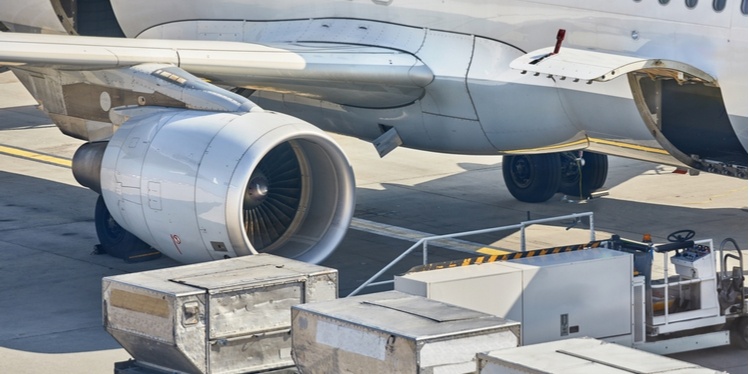Where Have All The Freighters Gone?
Consumers of supply chain and logistics services have become more demanding about how and when they receive deliveries. The explosion of omni-channel has created maximum choice for consumers and serious disruption for service providers.
Business leaders and CEOs across all industries are creating contingency plans to deal with the so-called "Amazon effect" -- but what some leaders have not yet come to realize is that the Amazon effect isn't just limited to retail. It affects nearly every industry, whether Amazon is a direct competitor or not. Like many industries, there are a number of reasons why shipping has become a greater challenge. This includes the shortage of over-the-road drivers, increased regulation and, in the case of the Amazon effect, seeing the retail giant consume available transportation resources, including air freight, to the detriment of other competitors looking to build their own fleet.

As a consequence, there has been a significant increase in demand for 767 freighters in the air cargo industry. Air cargo providers like the 767 for its reliability, fuel efficiency, cargo capacity, relative lower operating costs and standard platform with the 767. This means providers can optimize pilot crews, maintenance operations, and keep planes in service longer. As 767s are retired from passenger service, air cargo providers have been scooping them up and converting them to freighters. But as the lifespan of the 767 and other aircraft gets extended, there is increasing pressure to supply parts, a pressing factor that has impacted both the commercial and business sectors as well as the Department of Defense. Demand in the aviation aftermarket is as strong as it has ever been, especially in the heavy airframe and components areas, and some fleet owners are scrambling to support their grounded aircraft and supply them with refurbished or redesigned parts. Moreover, a projected shortage of qualified MRO aviation technicians is looming, which may keep aircraft on the ground even longer.
The introduction of the Amazon Air fleet into the mix, has resulted in limited capacity for the airframe. Amazon currently has a fleet of 40 aircraft with plans to expand to 100. Boeing also builds the airplane for the USAF KC-46 Tanker program. As a result of these compelling primary and secondary demand drivers for the airframe, Boeing will increase production from 2.5 to 3 aircraft per month in 2020 -- about 6 additional planes. Production may increase beyond that as demand continues to grow in the air cargo sector.
From an operator point of view, it makes sense to drive efficiencies across supply chain and operations and drive improvements in the Maintenance, Repair & Overhaul (MRO) environment, especially given the limited supply of the preferred 767 aircraft and the expense involved in the alternatives. Operators should take a holistic, cross-functional approach to achieve Total Value Optimization™, thereby extending the available lifespan of their existing 767 fleet. Considerations include: maximizing the procurement of spare parts on an existing 'go-forward' platform, standardizing maintenance routines with fewer service providers and leveraging flight crew from a larger body of pilots between the 767 and 757 aircraft. These factors and associated programs allow operators to increase turn time for service events and keep aircraft in service longer.
Change and disruption in supply chain and logistics are here to stay. Though uncertainty can make business planning difficult, a dynamic business environment can also spark innovation and create value by taking a holistic approach and seeking to optimize total value across the end-to-end supply chain.
Air cargo operators have reached this conclusion and Boeing has adjusted its production schedule to the market as a result. Where Boeing leads, others must surely follow. The question for executives and supply chain leaders is: Does your supply chain and operations have the agility to adapt rapidly to shifts in the market?
